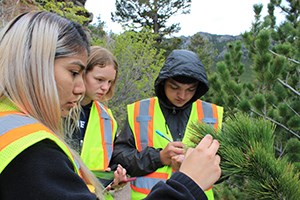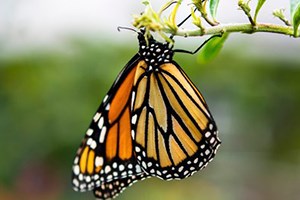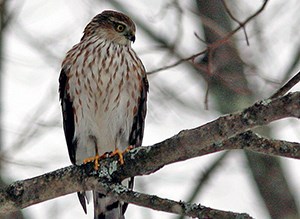
NPS Photo
National parks are ideal for citizen science. Imagine being in a beautiful place, collecting data, learning science, having fun, socializing, and helping managers protect a place that you love. What could be better?
In national parks, everyone can help create new knowledge–school kids and adults, families and singles, local residents and well-traveled visitors. With a wide range of citizen science projects, volunteers can participate in different ways. You might take photos of wildlife and upload them through an app for a study on biodiversity. You could visit a forest or meadow and record when flowers bloom to help understand how climate change affects ecosystems. You could participate in an archeological excavation to understand the past. Or help archivists and museum experts by digitizing collection records so they’re available to scholars worldwide.
For information about citizen science in national parks generally, see the NPS Citizen Science page.
Citizen Science Projects at RLCs




Last updated: April 19, 2022
